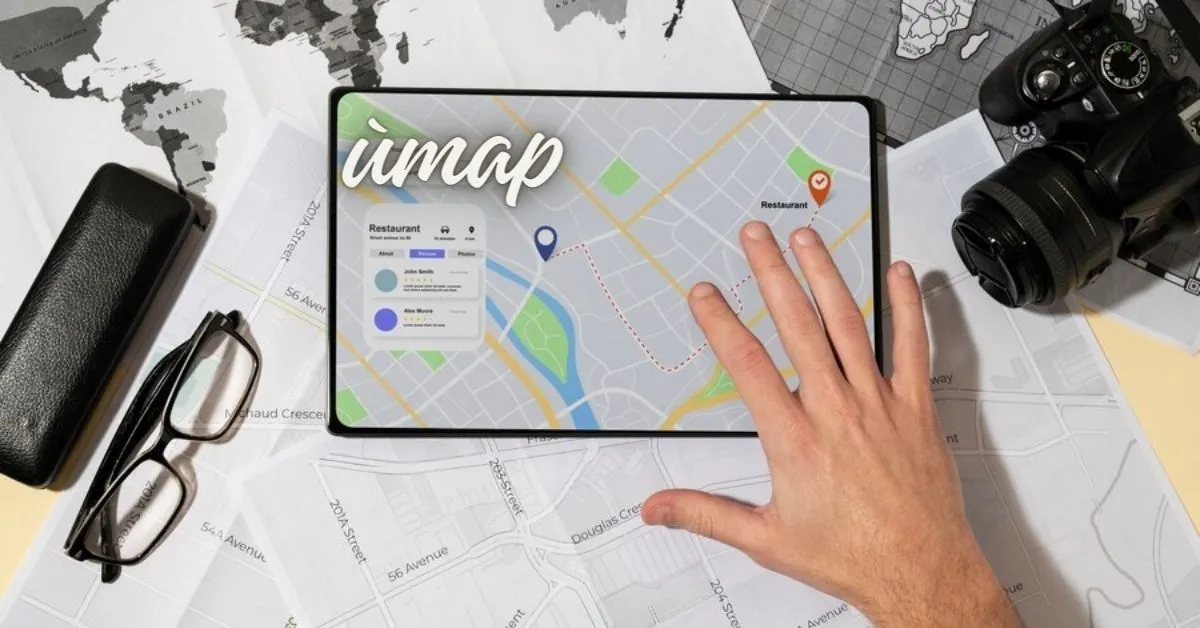Introduction
Ùmap stands as a term that carries significance in various cultural contexts and languages. This article aims to demystify the meaning and significance of Ùmap, exploring its diverse interpretations and cultural connotations.
Exploring the Meaning of Ùmap
Ùmap holds multifaceted meanings across different languages and cultures. It embodies notions of connection, belonging, and identity, serving as a symbol of unity and shared experiences.
Cultural Significance of Ùmap
In many cultures, Ùmap represents the bond between individuals, families, and communities. It symbolizes the interconnectedness of humanity and the ties that bind us together across geographical, linguistic, and social boundaries.
Expressing Identity and Belonging
For individuals, Ùmap serves as a reflection of personal identity and belonging. It encompasses the values, traditions, and experiences that shape one’s sense of self and community, fostering a deeper connection to one’s roots and heritage.
Utilization of Ùmap in Art and Literature
Throughout history, Ùmap has inspired artists, writers, and creators to explore themes of unity, diversity, and cultural heritage. Various art forms, literature, and performances have depicted its rich symbolism and evocative imagery, resonating with audiences worldwide.
Contemporary Relevance of Ùmap
In today’s globalized world, Ùmap continues to hold relevance as a symbol of inclusivity, diversity, and mutual respect. It serves as a reminder of the importance of embracing cultural differences and fostering understanding and acceptance among individuals and communities.
Also read this" Komik hisashiburi ni jikka ni kaettara otouto ga ts shiteta "
Conclusion
In conclusion, it embodies the essence of connection, belonging, and identity across diverse cultural landscapes. Its significance transcends linguistic barriers, serving as a universal symbol of unity and shared humanity.
Frequently Asked Questions (FAQs)
- What is the origin of the term it?
The term it originates from [insert origin if available], where it carries various meanings and interpretations. - How is it used in different cultures?
In different cultures, it is used to symbolize connection, belonging, and unity among individuals, families, and communities. - What are some examples of it in literature and art?
Literature, art, and performances have depicted it as a symbol of cultural heritage, diversity, and interconnectedness. - How can individuals embrace the concept of it in their daily lives?
Individuals can embrace it by recognizing and celebrating cultural diversity, fostering empathy and understanding, and building meaningful connections with others. - Why is it considered a universal symbol?
People consider it a universal symbol because it can transcend linguistic and cultural barriers, resonating with individuals from different backgrounds and walks of life.










